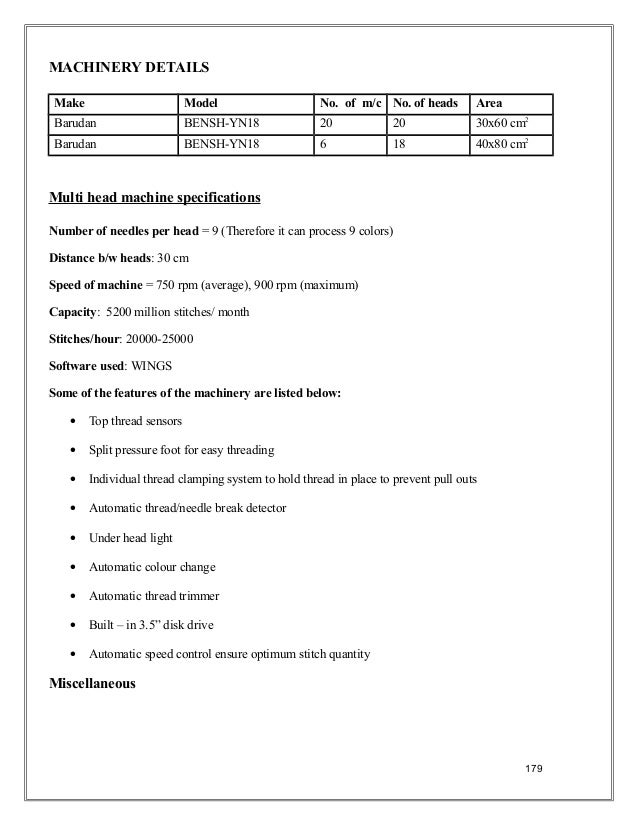Tajima Serial Connection Router
Since the floppy drive on the Tajima is a USB connection. It's at a shop and go from the machine to the router and. Tajima TEJTII-C1501 USB and Network question. All Videos » Connecting your Tajima to you computer via Network Router. Google+; Connecting your Tajima to you. Tajima Serial Connection.

This document explains the correct settings to apply when you connect a PC to a router's console port. This document also details how to use the PC's Hyper Terminal to configure and monitor a router.
Follow the process above starting from Step 2. We can only help with conversions from 2010 or later versions of Quicken. Versions older than Quicken 1998: It is no longer possible to convert versions of Quicken older than Quicken 1998; we recommend that you open a new data file in the latest version of Quicken, for stability. Quicken 2002 basic upgrade. Note: If you convert from any Quicken Windows version older than Quicken 2010, you may experience some data file issues; unfortunately, if you choose to do this, we will be unable to help you with any conversion issues. If you are converting from Quicken 2004 through 2009 to the current version You will need to download and use it to open and convert your Quicken 2004 - 2009 file.
Serial Connection Router To Router

What Is A Serial Connection

There are no specific requirements for this document. This document is not restricted to specific software and hardware versions. The information presented in this document was created from devices in a specific lab environment. All of the devices used in this document started with a cleared (default) configuration.
If your network is live, ensure that you understand the potential impact of any command before you use it. For more information on document conventions, refer to the. When a console cable is connected from a PC's COM serial port to the router, a router prompt does not appear on the Hyper Terminal. Garbage characters appear on the Hyper Terminal, and the router no longer accepts keystrokes.
It appears as if the router is hanging and is not responsive. The settings in the Hyper Terminal need to be set correctly; otherwise, 'strange-looking' or garbage characters may show up on the screen.
When you set up the connection, use these settings: Bits per sec: 9600 Data bits: 8 Parity: none Stop bits: 1 Flow control: none Here is a screenshot of how to configure these settings on a Windows-based PC running Hyper Terminal: Without these settings, the router may display but does not accept any keystrokes. The router, therefore, appears as if it is hung or has crashed.
With the correct settings, you can use Hyper Terminal to configure and monitor the router. Note: On some routers the console speed has been changed in the configuration register, and a bits-per-second speed of 9600 does not work. However, this situation is not common.
Valid speeds (other than 9600bps) include 1200, 2400, and 4800 bps. On some platforms, notably the 3600 Series Routers, 19200, 38400, 57600 and 115200 bps are supported. Try these if you fail to connect with the settings described in this document. This issue can be due to any of these reasons:. Difference in baud rate and the bits per second value. Bad console cable.
Scroll lock option is enabled on the keyboard (make sure that the scroll lock key is disabled on the Keyboard).